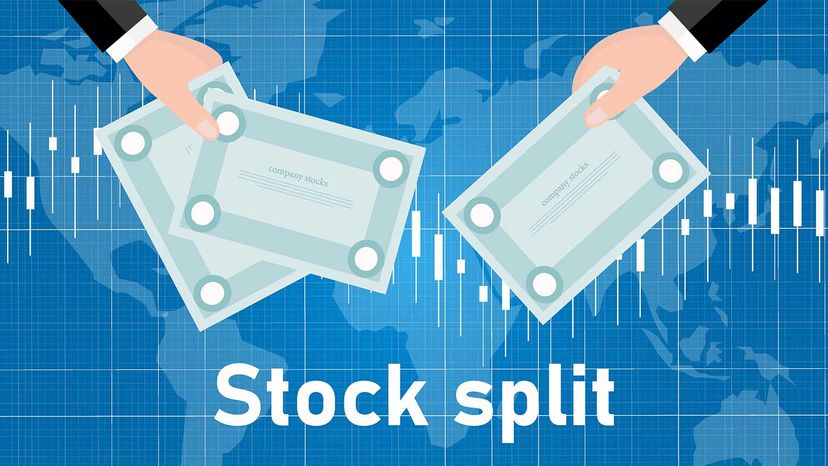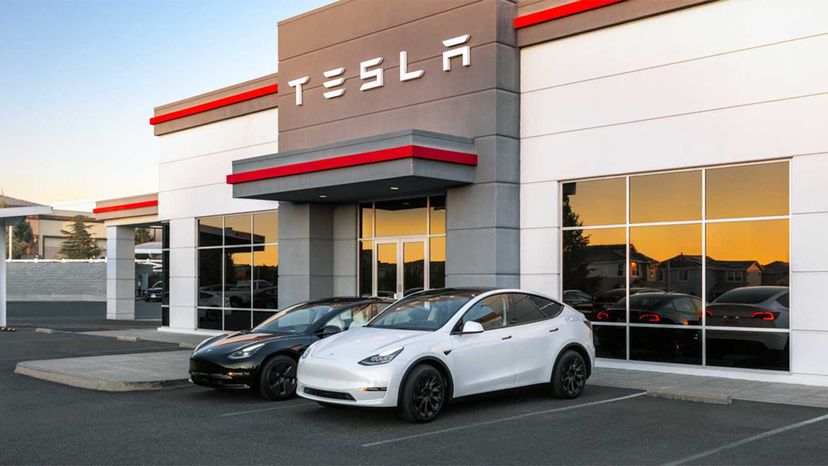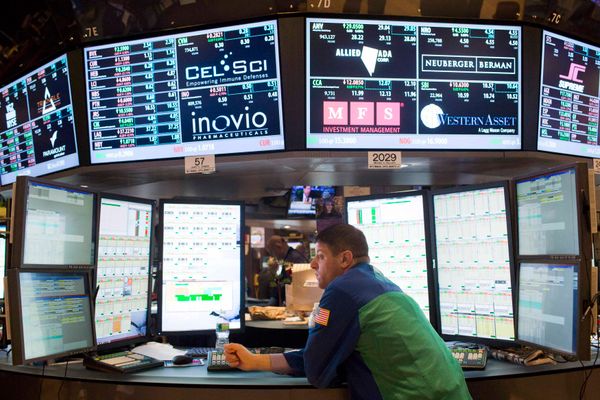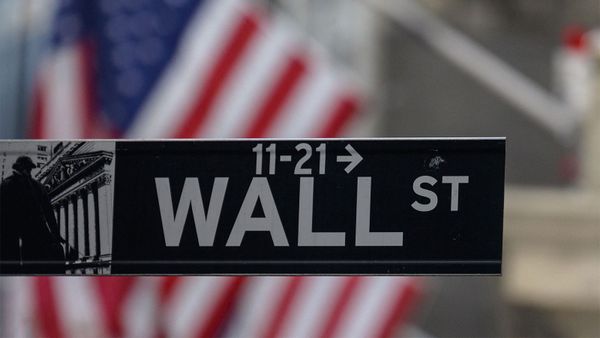Unlike a lot of financial terminology, this one is fairly easy to grasp. A stock split is when a company decides to take all its outstanding shares and divide them up by a certain number, whether that number is two, three, five or 20. The total value of the shares doesn't change, just the number of shares in circulation and their individual price.
Think of it like making change. If you have a $20 bill and exchange it for two $10s, the total value hasn't changed ($20) but now you have twice as many bills, each worth one-half of the original bill. Now, say you exchanged that $20 bill for 20 singles, that's a 20-for-1 split. The total value is still $20, but each bill is worth one-twentieth of the original.
Stock splits work the same way. Let's say Company XYZ has 1,000 outstanding shares, each trading at a price of $1,000 per share. That means Company XYZ has a market capitalization of $1,000,000. If Company XYZ issues a 2-for-1 stock split, there are now 2,000 outstanding shares each with a share price of $500.
"A stock split doesn't change the market capitalization of the company," Klock says. "It simply changes the number of shares outstanding."
After the stock split, the total value of Company XYZ is still $1,000,000 (2,000 shares x $500), but there are twice as many shares in circulation. So if you own 10 shares in Company XYZ valued at $10,000, after the 2-1 split, you'll have 20 shares still valued at $10,000. That's because the stock price "splits," too, from $1,000 to $500, so there's essentially no economic value change.
The decision to split a stock is made by a company's board of directors and requires approval by the U.S. Securities and Exchange Commission (SEC).




